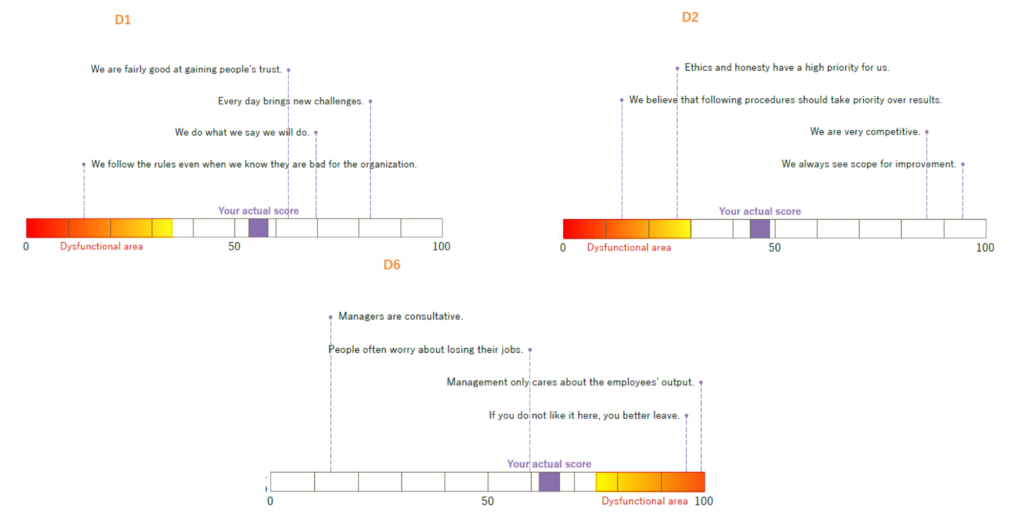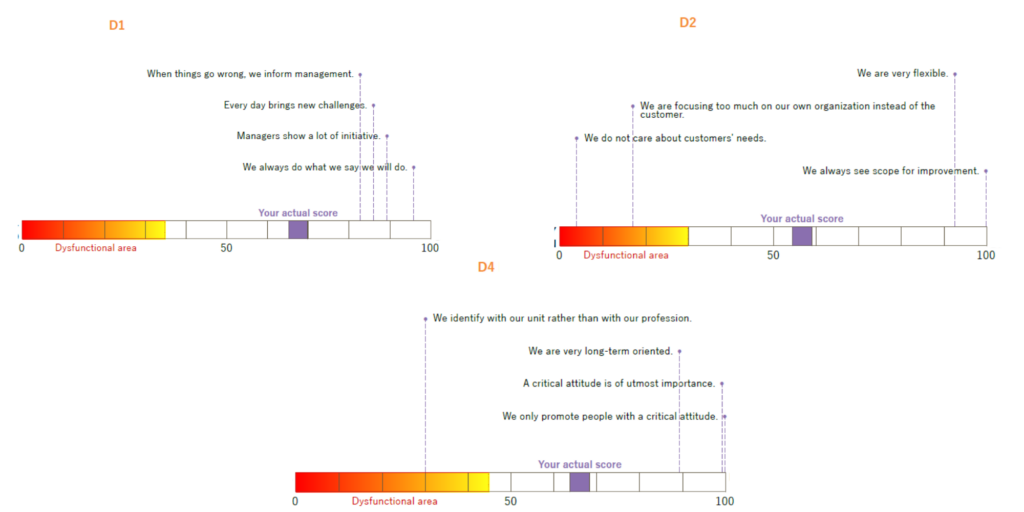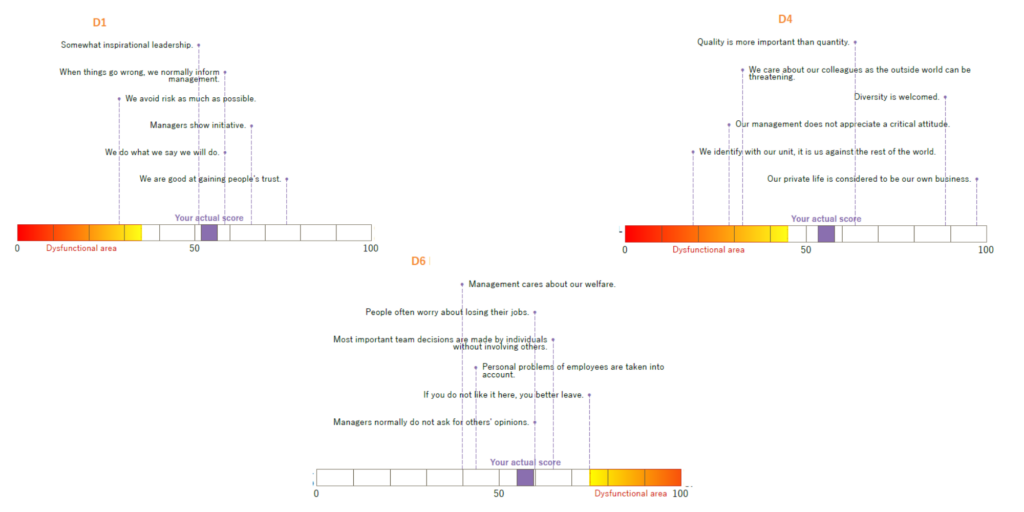When to use this service?
If you need to understand Fast and concisely the main reasons for your Organization’s challenges (that might be connected to how people relate to their work) this is the best way to start.
Some more helpful questions to which a positive answer might trigger the need of a Diagnosis:
- do you have a high turnover of people?
- are the main departments fighting with each other?
- do you feel you have a toxic culture?
- do you feel people are sabotaging each other?
- do you have “office politics”?
- are people hiding from responsibility?
- are the projects stuck in complacency?
- do you feel burdened by bureaucracy?
- do you feel the leadership needs a drastic improvement?
- are people making too much fun on the organization?
- do you feel you have silos or cliques?
- is it hard to receive reliable information on time?
- does your organization feel like a chaos?
- does the leadership talk too much about “culture” to the extent that it doesn’t mean anything anymore?
- do you feel any other vague issues regarding the way people work together?
How does it work?
We apply an instrument to measure the Organizational Culture in the organization or the particular department or team and based on the results we discuss in one or several sessions the main systems that need to be adjusted or the main barriers that the people might be having at this moment in time.
As a next step, an Organizational Transformation can be started, with us or with a different partner, or another program that is more specific to the particular identified corporate problem can be offered.
Pricing, Time, and Effort:
The price is €950.
The survey takes 15-20 min, which can be arranged to be taken in 3 to 20 days, depending on the availability of the team. The discussion of the results can be done in one 90-minutes session with one to three executives, or in several sessions until a clear action plan is laid down.
Three examples:
Case No 1:
Part of the Organizational Diagnosis looked like this:

The top management’s focus was to drive efficiency and collaboration between departments.
Based on the diagnosis I could tell them that the level of micromanagement was unbearable, that they had reapplied a business strategy that didn’t suit them in their region, and that was causing very high attrition in one of their key departments. By adjusting their strategy to fit their environment, they released the unnecessary tensions between the departments, empowered their different functions to start supporting each other, stabilized the attrition, while the onboarding process didn’t need to be adjusted. The most effort was put into the shift to move away from micromanagement (under guided coaching).
Case No2:
Part of the Organizational Diagnosis looked like this:

In this 2nd case the focus of the top management was to drive efficiency.
The diagnosis showed me that because of their monopolistic position, the way the top management has communicated their desire to drive efficiency didn’t reach their people in a functional way. The professionals had already developed a way to superficially please the management avoiding putting in the extra effort that would actually improve their efficiency. The collateral silo thinking was unpleasant for the top management, but nevertheless, this was just a secondary negative development of their organizational dysfunctionality.
Case No3:
Part of the Organizational Diagnosis looked like this:

The perception of the top management, in this case, was that they needed to improve fast the skills of their professionals, either by investing a lot in internal training or in better recruitment, without having the budget to increase the salaries.
The diagnosis showed me that the communication between the management and the employees was broken, the leader has lost the support of their people, which further triggered the leader to be even harsher, so the attrition was very high, while the onboarding was failing for obvious reasons. The majority of the newly hired were not staying with the company for more than 6 months. After deeper investigation, it turned out that the root cause of this negative spiral was not understanding the local culture and what was important for the professionals locally.
These three cases have the purpose to show that every organization will develop different dysfunctionalities, although nothing extraordinary, or nothing outside of our reach to solve it. The crucial thing is to understand exactly what you have in your organization so that further you can apply the correct solution, most of the time with minimal energy and cost investment but with a huge ROI. Another aspect that is good to understand is the fact that general advice works only very seldom, and not everybody has the time and resources to try solving everything.
